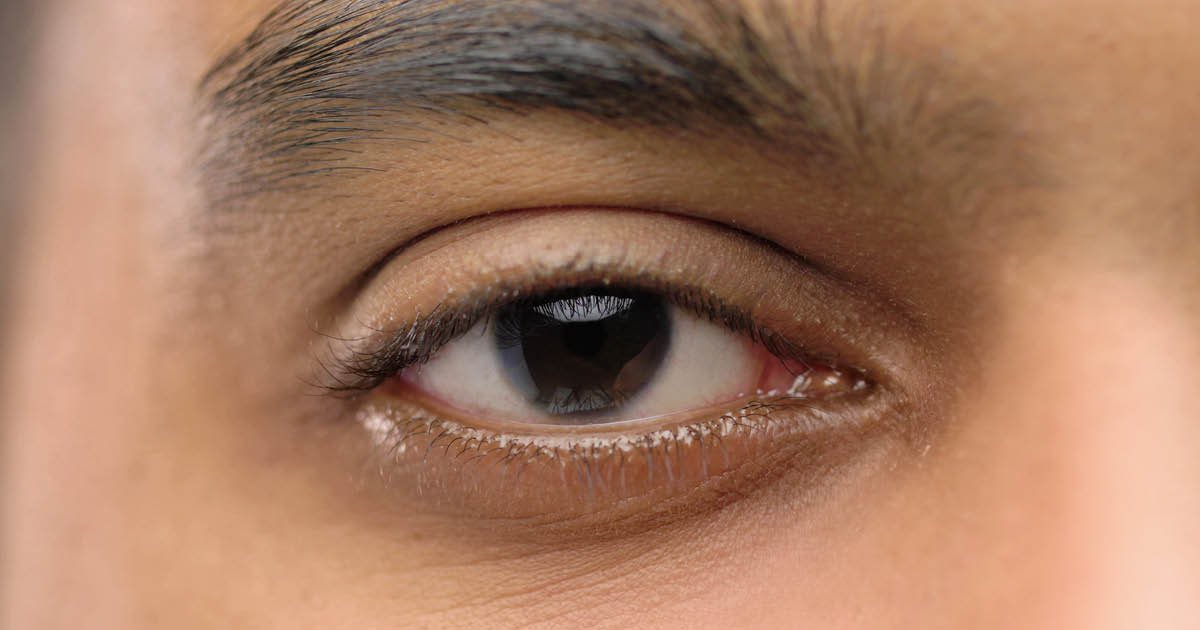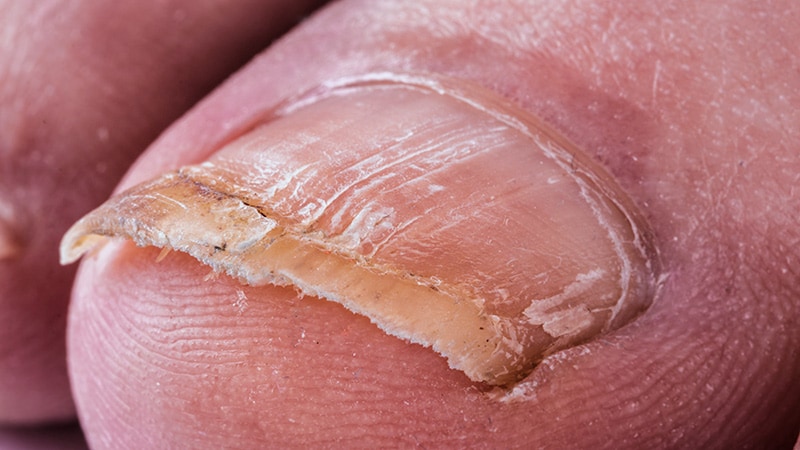Key takeaways:
- Central epithelial thinning and midperipheral epithelial thickening were consistent across all ortho-k types.
- Regional epithelial cell density demonstrated significant variability in individual response.
Analyzing cellular mechanisms of ortho-k in myopia control may help identify factors that would explain highly variable individual responses to treatment, according to research in Optometry and Vision Science.
“Ortho-k lenses differ from regular contact lenses and offer advantages for various daily activities, such as sports and recreational pursuits,” Hadiya F. Pattan, BOptom, and colleagues at Indiana University wrote. “Although a survey conducted between 2004 and 2017 showed that ortho-k fits accounted for only 1.2% on average (with a slight increase year over year) of all contact lens wear in 45 countries, it has been gaining interest over the past few years especially in countries such as the Netherlands and Hong Kong, where ortho-k represents more than 6% of the contact lens demand for myopia correction.”

The researchers found a positive correlation between central epithelial thickness and cell density among ortho-k wearers. Image: Adobe Stock
To investigate the association between the regional change in corneal epithelial thickness and cell density in ortho-k wearers, Pattan and colleagues recruited participants aged 18 to 75 years who had a routine eye exam within the past 12 months and were diagnosed with myopia. The researchers developed a MATLAB program to evaluate the standard deviation of epithelial thickness and cell density of four ortho-k wearers, as well as four spectacle-wearing controls.
Using in vivo volumetric imaging, the researchers found that central epithelial thinning and midperipheral epithelial thickening were consistent across all ortho-k types, but regional epithelial cell density demonstrated significant variability in individual response.
For example, one patient fitted with the Paragon CRT (CooperVision) ortho-k lens had a central corneal thickness that was 8% thinner than the temporal and 21% thinner than the nasal midperipheral corneal epithelium. Cell density at the central cornea was 24% lower compared with the temporal midperipheral cornea and 31% higher compared with the nasal.
On the other hand, a patient fitted with the Visionary ortho-k lens had a central corneal thickness that was 1% thinner than the temporal and 12% thinner than the nasal midperipheral corneal epithelium. Cell density at the central cornea was 2% higher compared with the temporal midperipheral cornea and 25% higher compared with the nasal.
The other two patients had similar refractive errors and wore the same lens types but had very different responses. One patient had a 10% decrease in cell density at the nasal compared with the central locations, while another had a 54% increase.
“These observations highlight the great variability in the cellular-level response to ortho-k treatment and the importance of evaluating the response of individual ortho-k wearers through longitudinal studies,” Pattan and colleagues wrote.
While the researchers noted a positive correlation between central epithelial thickness and cell density among all ortho-k wearers as well as a weak positive correlation between epithelial thickness and cell density at the nasal midperipheral cornea, there was no correlation at the temporal midperipheral cornea.
“Polarization dependent optical coherence microscopy offers the opportunity to longitudinally evaluate the impact of ortho-k and other contact lenses on the tear film, epithelial cells and deeper corneal layers, including corneal nerves, stromal keratocytes and endothelial cells,” Pattan and colleagues wrote. “Future studies will focus on longitudinal investigations of epithelial cell dynamics before and after ortho-k treatment to elucidate the mechanism of action of ortho-k on the ocular surface.”










